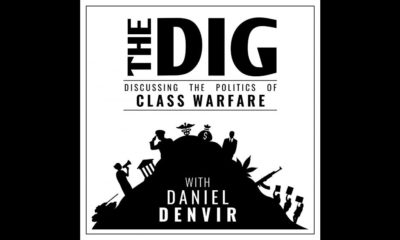The blockchain is a unique invention: a brainchild of a person or group of people known as Satoshi Nakamoto. But since then it has developed into something more significant, and the central question everyone asks is: What is Blockchain?
RELATED: Understanding Bitcoin & Blockchain in 10 Minutes
What Is the Meaning of Blockchain?
By allowing the distribution of digital data but not copied, blockchain technology has created the backbone of a new type of internet. Initially designed for the digital currency, the Bitcoin community technology (Buy Bitcoin) now finds other potential benefits of technology.
Bitcoin is called “digital gold” and for a good reason. So far, the total value of the currency is close to 9 billion US dollars. And blockchains can make other types of numerical values. Like the Internet (or your car), you do not have to know how the blocker uses it. However, the basic knowledge of this new technology demonstrates why it is considered revolutionary.
Blockchain Durability and Robustness
Blockchain technology is like the Internet to have its robustness integrated. By storing identical information blocks in your network, blockchain cannot:
- Has no single point of failure.
- Be controlled by any single entity.
Bitcoin was invented in 2008. Since then, the Bitcoin blockchain has worked without significant disruption. (Until now, all the problems associated with Bitcoin are caused by hacking or mismanagement, in other words, these problems arise from evil intentions and human errors, not from imperfections in basic concepts).
The internet itself is almost 30 years old. This is a record that is good for blockchain technology because it is still evolving.
Who Will Use the Blockchain?
As web infrastructure, you do not need to know the chain of blocks to be useful in your life.
Currently, finance offers the most influential cases of technology use. For example, international payments. The World Bank estimates that more than $ 430 billion of remittances were sent in 2015. And for now, there is a high demand for development engineers.
Blockchain potentially reduces the intermediaries for this type of transaction. Personal computing has become more available to the general public with the graphical user interface (GUI) inventory, which has shaped the “desktop.”
Also, the most common GUIs designed for Blockchain are called like this. Wallet applications being used by people to buy things with Bitcoin and store them with other crypto cultures.
Online transactions are closely related to identity verification processes. It is easy to imagine that portability applications change in the coming years to include other types of identity management.
















